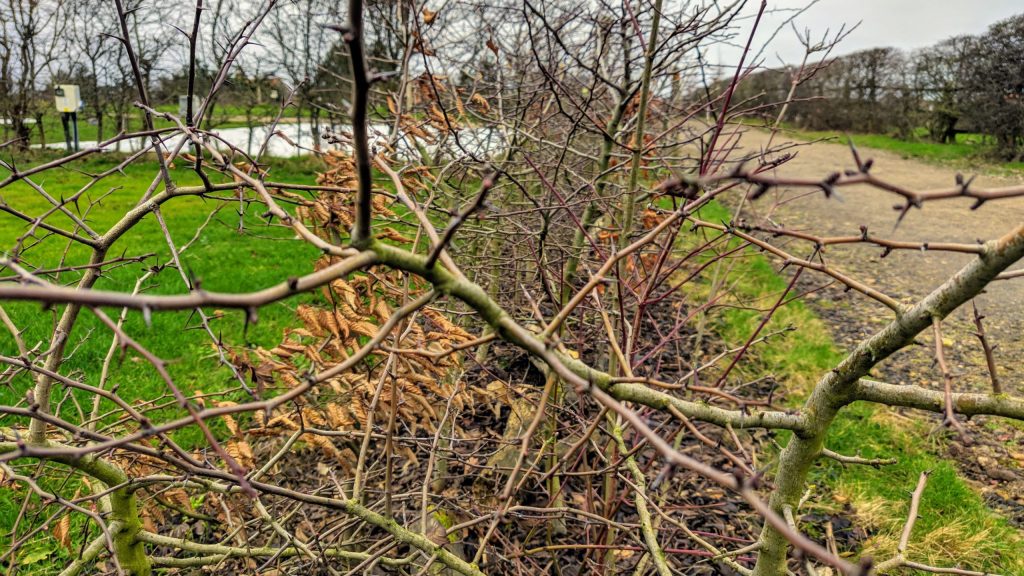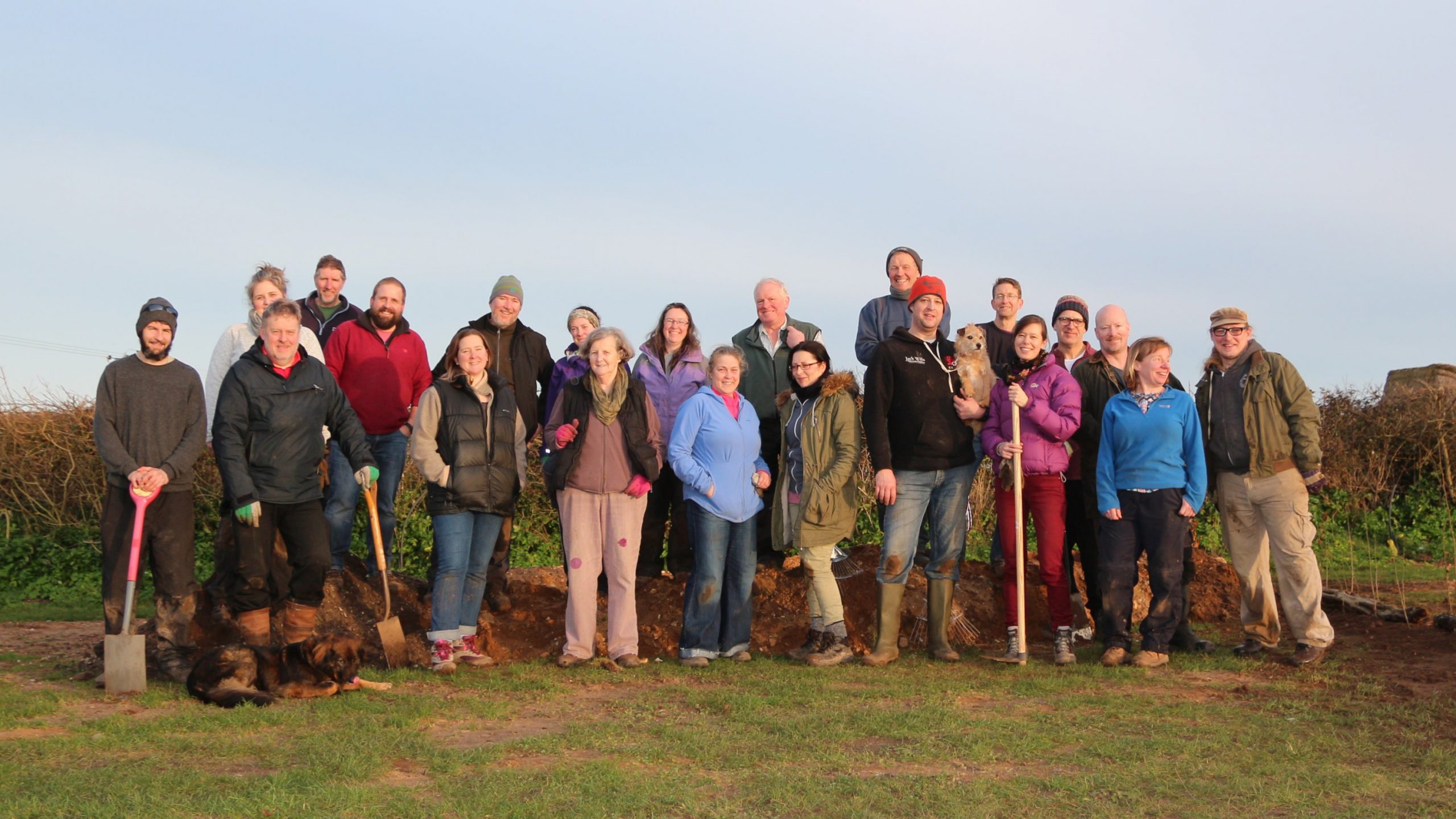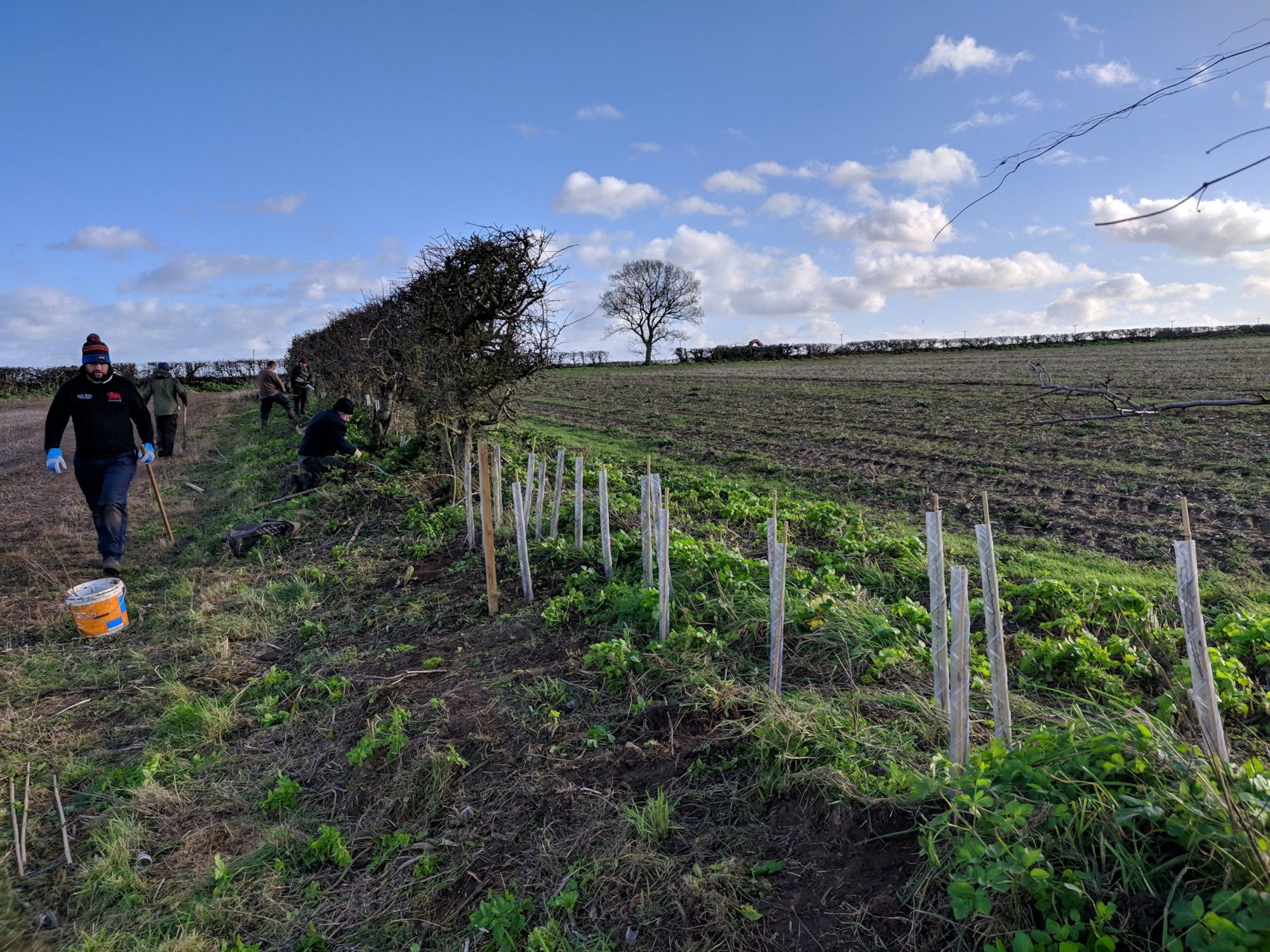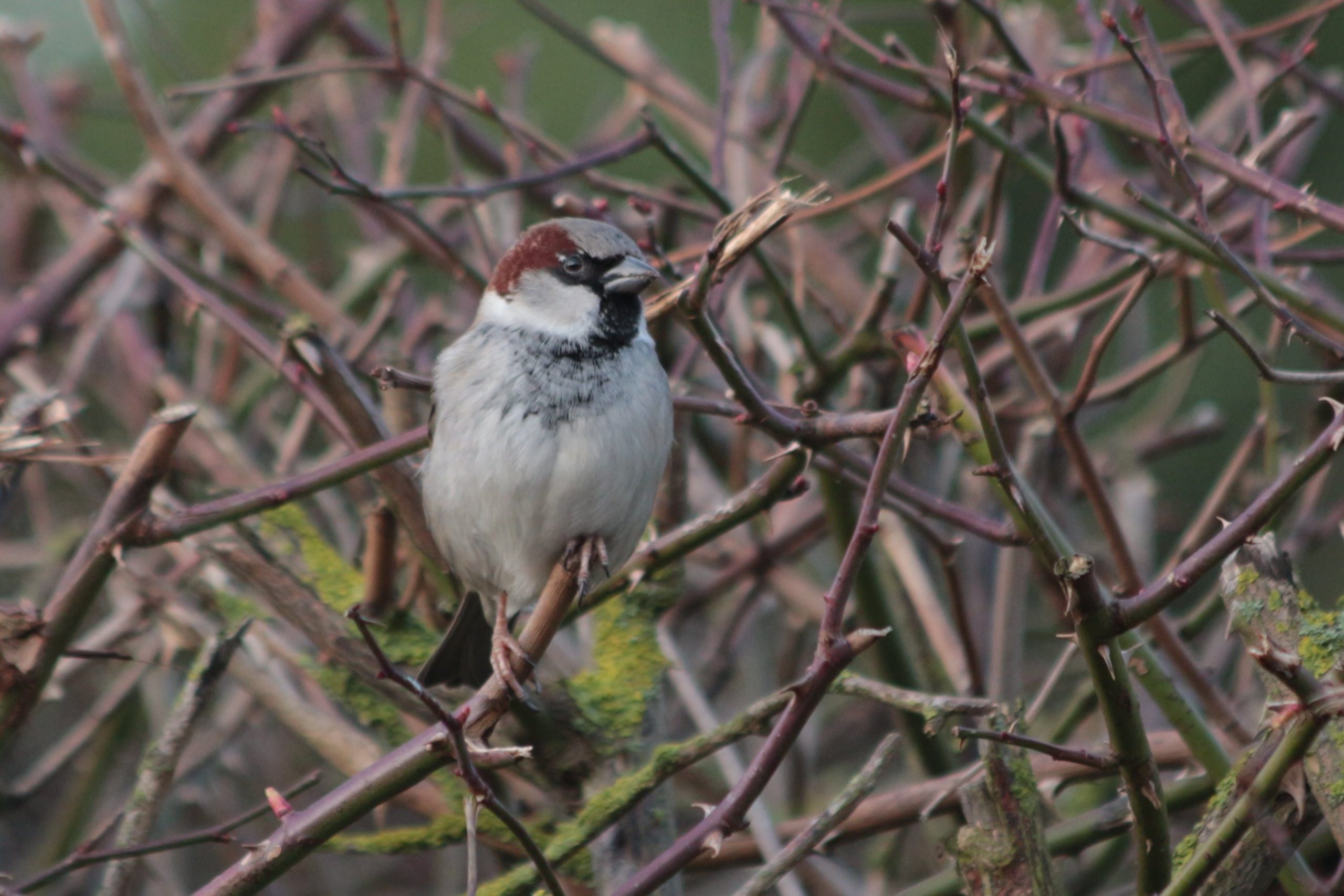
The Hedge Collective
At our most recent conservation weekend, we gave one of our oldest hedges some much-needed TLC – and planted more trees. We’re only just getting started.
We’ve just been celebrating some birthdays on Deepdale Farm. Some of our hedges are three.
In February 2017, 20 volunteers gathered and planted almost 3,000 hedging plants around our campsite. The hedges are a rich mix of native species chosen to provide a variety of foliage, flowers and fruits throughout the year. These plants are now well established, getting a little bushier all the time. The first two or so years of their lives, they’re getting their root systems established and are particularly vulnerable to drought, so now in their third year they’re out of the danger zone.
Twice a year for the past few years, we’ve been holding conservation volunteering weekends on the farm. Our conservation volunteers have come to be known as The Hedge Collective. So far, they’ve planted thousands of hedging plants and many trees as well as helping us manage our woodland and do a range of tasks around the farm, contributing hundreds of hours of collective effort in exchange for food and a bed for the weekend.

Volunteers join us on Friday evening, when we have a chat about what we’re doing for the weekend, share a sociable evening together and play silly board games. On Saturday morning Jason feeds everyone a big breakfast to set the group up for the day, and we go to work. Then we do it all again on Sunday and we send our volunteers home exhausted and, we hope, happy. Many seem to be happy as they keep coming back.
In February we focus on hedgerow and tree planting, and our November conservation weekend is usually spent working in the woods. So this February, our volunteers came back to plant more hedges and trees. Gaps in a copse on the edge of our campsite and a bank of earth next to our farmyard were planted with Scots pine and birch – we already have these species growing around the campsite and they’re drought tolerant (once established), which is a useful characteristic in the free-draining sandy loam soil of our farm, where despite being on the coast we have some of the lowest average rainfall in the UK. More shrubby species such as hazel, crab apple and dogwood were planted alongside the pine and birch, for variety.
This time, the Hedge Collective also worked on one of the hedgerows out on the farm that dates back to the Enclosures in the early nineteenth century.

Between the seventeenth and early twentieth centuries, over six million acres of farmland across England was ‘enclosed’, creating legal property rights for landowners on what was common land. This process saw parcels of land demarcated with many thousands of kilometres of new hedgerows. Many of these and other more ancient hedgerows have disappeared from farmland due to a lack of management or having been removed to make way for large machinery. Hedgerows need to be managed. Left alone they’re likely to turn into lines of trees; gaps appear, trees are blown over, the gaps get wider and eventually the hedgerow may consist of just a few scattered plants. These gappy lines of shrubs still have value to wildlife, but not nearly as much as healthy, well-managed hedgerows.

We have around 50 kilometres of hedgerows on Deepdale Farm. Over the years, some have been removed from fields to make way for large machinery. Many of the hedgerows that remain have been overtrimmed – cut to the same height every year, leading to tough ‘knuckles’ of woody growth on the tops. So we’re starting the slow process of restoring our hedgerows to a healthier state – by trimming on a two to three-year rotation to allow them to put on bushier growth and provide more food for wildlife, by varying trimming heights to avoid the knuckles, and by planting up gaps. Some of the most overtrimmed hedgerow plants on the farm will be coppiced – cut down to the ground – to encourage them to send up new growth. We’ll protect this regrowth from grazing by deer, hare and rabbits.
While we like planting lots of species on our campsite, the enclosures hedgerows on our farmland get a simpler mix of hawthorn and some blackthorn, with occasional trees like oak. We’re following guidance on hedgerow restoration from Norfolk Biodiversity Partnership and Norfolk County Council, which is tailored to preserve the characteristics of hedgerows in different parts of the county.

Hedgerows are a fantastic resource for wildlife, providing shelter and food for birds, small mammals and invertebrates. They’re a fantastic resource for us, acting as windbreaks, flood prevention devices, carbon stores and pollution controllers. They look great. Hedgerow restoration across Deepdale Farm will take many years – we’ll be trying different techniques for different areas to find what works and following guidance from conservation organisations and partners such as the Farming Wildlife Advisory Group, which we have just joined.
The fantastic Hedge Collective has made a start – we’ve got lots more to do.
- Listen to interviews with some of our conservation volunteers on the latest Deepdale Podcast
- Join our next conservation weekend this November


